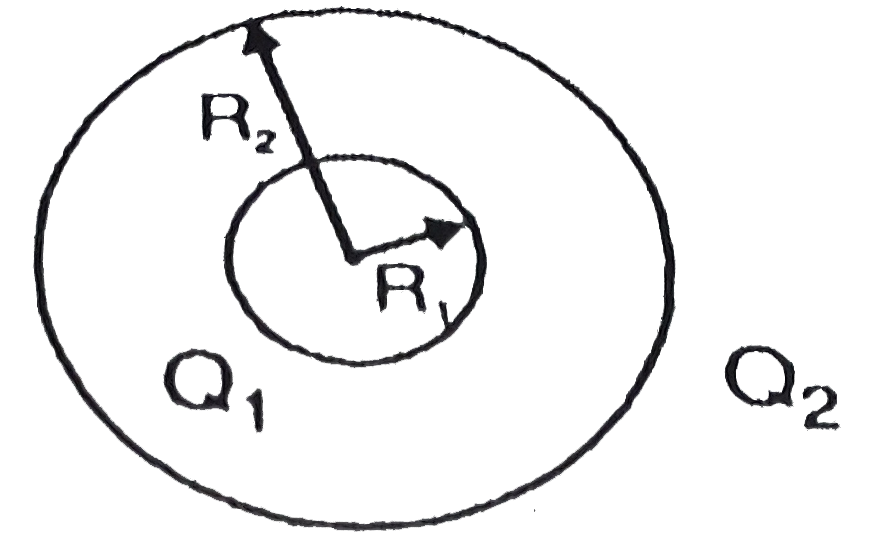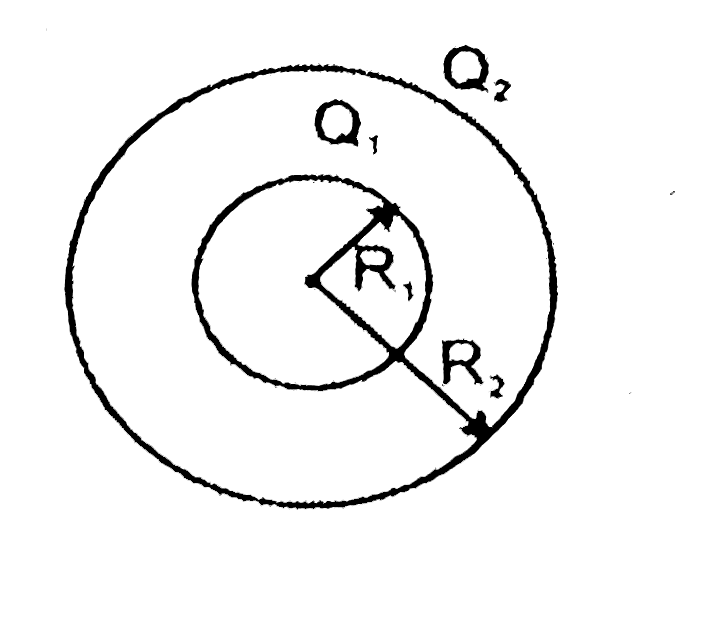Ketones =alkyl group, can be obtained in one step by
Hydrolysis of esters
Oxidation of alcohol
Oxidation of alcohol
Reaction of acid halides and alcohol
The correct Answer is:C
To determine how ketones can be obtained in one step from the given options, we will analyze each option step by step.
1. Understanding Ketones:
Ketones have the general structure R1C(=O)R2, where R1 and R2 are alkyl groups. Our goal is to find a method that allows us to synthesize ketones directly in one step.
2. Option A: Hydrolysis of Esters:
- Hydrolysis of an ester involves breaking the ester bond to produce a carboxylic acid and an alcohol.
- For example, if we take an ester R1C(=O)OR2 and hydrolyze it, we will get R1COOH (carboxylic acid) and R2OH (alcohol).
- Conclusion: This reaction does not yield a ketone. Thus, this option is incorrect.
3. Option B: Oxidation of Primary Alcohol:
- Oxidation of a primary alcohol RCH2OH typically leads to the formation of an aldehyde.
- For example, oxidizing RCH2OH gives RCHO (aldehyde).
- Conclusion: Since we are looking for ketones, this option is also incorrect.
4. Option C: Oxidation of Secondary Alcohol:
- A secondary alcohol has the structure R1CHOHR2.
- Upon oxidation, a secondary alcohol will convert to a ketone. For instance, oxidizing R1CHOHR2 will yield R1C(=O)R2 (ketone).
- Conclusion: This is the correct method to obtain ketones in one step.
5. Option D: Reaction of Acyl Halides with Alcohol:
- When an acyl halide (like acetyl chloride) reacts with an alcohol, it forms an ester.
- For example, RCOCl+R2OH yields RCOOR2 (an ester).
- Conclusion: This option does not produce a ketone, making it incorrect.
Final Answer:
The correct option for obtaining ketones in one step is C: Oxidation of Secondary Alcohol.
---
Ketones have the general structure R1C(=O)R2, where R1 and R2 are alkyl groups. Our goal is to find a method that allows us to synthesize ketones directly in one step.
- Hydrolysis of an ester involves breaking the ester bond to produce a carboxylic acid and an alcohol.
- For example, if we take an ester R1C(=O)OR2 and hydrolyze it, we will get R1COOH (carboxylic acid) and R2OH (alcohol).
- Conclusion: This reaction does not yield a ketone. Thus, this option is incorrect.
- Oxidation of a primary alcohol RCH2OH typically leads to the formation of an aldehyde.
- For example, oxidizing RCH2OH gives RCHO (aldehyde).
- Conclusion: Since we are looking for ketones, this option is also incorrect.
- A secondary alcohol has the structure R1CHOHR2.
- Upon oxidation, a secondary alcohol will convert to a ketone. For instance, oxidizing R1CHOHR2 will yield R1C(=O)R2 (ketone).
- Conclusion: This is the correct method to obtain ketones in one step.
- When an acyl halide (like acetyl chloride) reacts with an alcohol, it forms an ester.
- For example, RCOCl+R2OH yields RCOOR2 (an ester).
- Conclusion: This option does not produce a ketone, making it incorrect.
The correct option for obtaining ketones in one step is C: Oxidation of Secondary Alcohol.
Similar Questions
Knowledge Check
Ketones ⎛⎜ ⎜⎝R−O||C−R'⎞⎟ ⎟⎠ can be obtained in one step by (where R and R' are alkyl groups)
Ahydrolysis of estersBoxidation of primary alcoholsCoxidation of secondary alcoholsDreaction of alkyl halides with alcohols.
The conbined resistance R of two resistors R,& R2(R1,R2>0) is given by . 1R=1R1+1R2. If R1+R2= constant Prove that the maximum resistance R is obtained by choosing R1=R2
View SolutionTwo concentric spherical shells have masses m1, m2 and radit R1,R2(R1<R2). Calculate the force by this system on a particle of mass m, if it is placed at a distance (R1+R2)2 from the centre.
View SolutionIf in a triangle, (1−r1r2)(1−r1r3)=2, then the triangle is
View SolutionTwo concentric, thin metallic spheres of radii R1andR2(R1>R2) charges Q1andQ2 respectively Then the potential at radius r between R1andR2 will be (k=1/4π∈)
View SolutionTwo planets of radii R1 and R2 have masses m1 and M2 such that M1M2=1g. The weight of an object on these planets is w1 and w2 such that w1w2=49. The ratio R1R2
View SolutionTwo concentric spherical shells of radius R1 and R2(R2>R1) are having uniformly distributed charges Q1 and Q2 respectively. Find out total energy of the system.

View SolutionTwo concentric uniformly charge spherical shells of radius R1 and R2(R2>R1) have total charges Q1 and Q2 respectively. Derive an expression of electric field as a function of r for following positions.
(i) r<R1 (ii) R1≤r<R2
(iii) r≥R2

View Solution